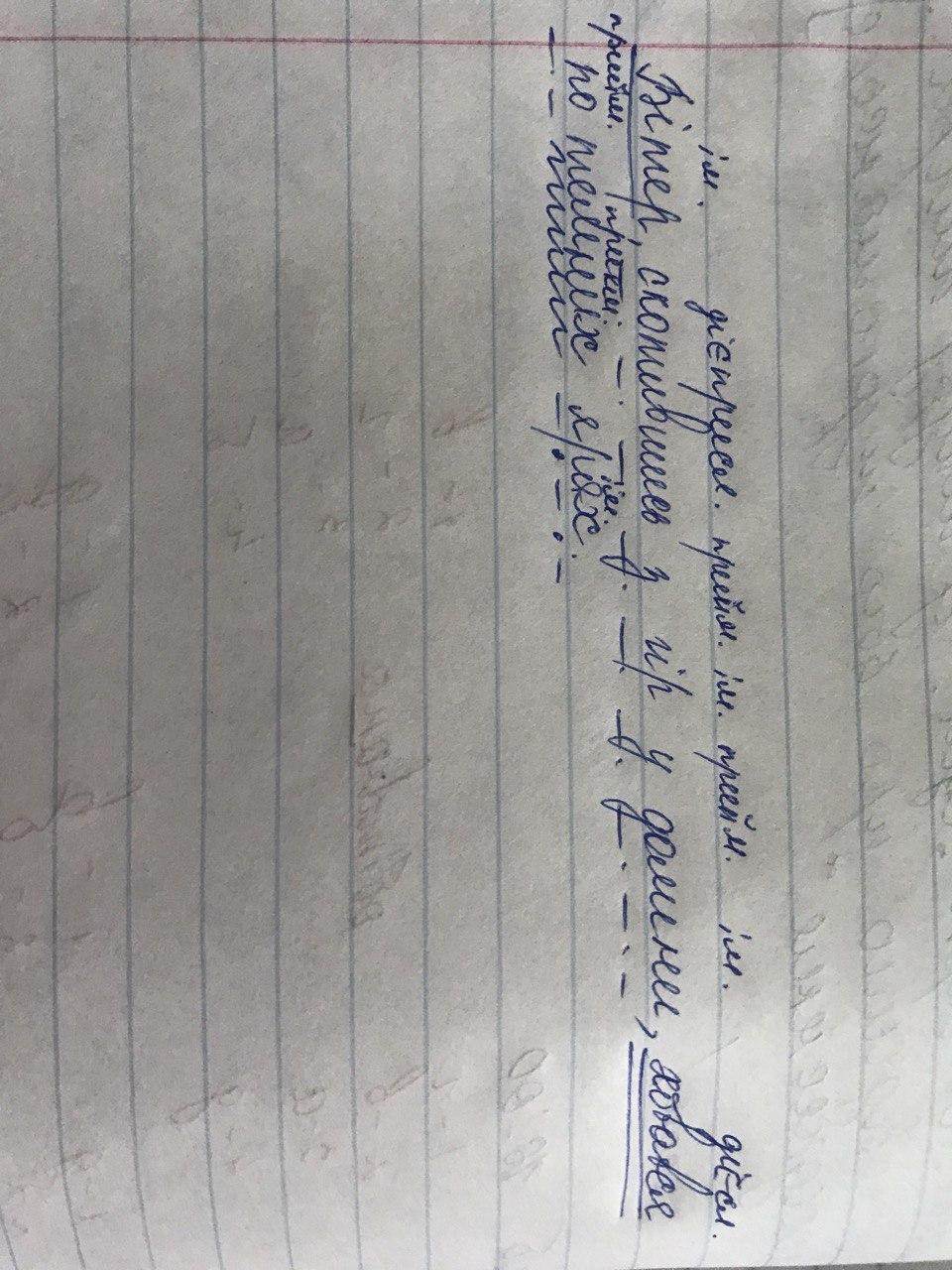Предмет: Українська мова,
автор: romanyukmarina
вітер , скотившись з гір у долини , ховався по темних ярах (повністю розібрати речення )
Ответы
Автор ответа:
2
Речення-просте, двоскладне, поширене, повне, ускладнене відокремленою обставиною
Приложения:

Похожие вопросы
Предмет: Русский язык,
автор: Madammolot
Предмет: Қазақ тiлi,
автор: elyaee
Предмет: Другие предметы,
автор: hark
Предмет: География,
автор: 3199707127
Предмет: Математика,
автор: 1945158190